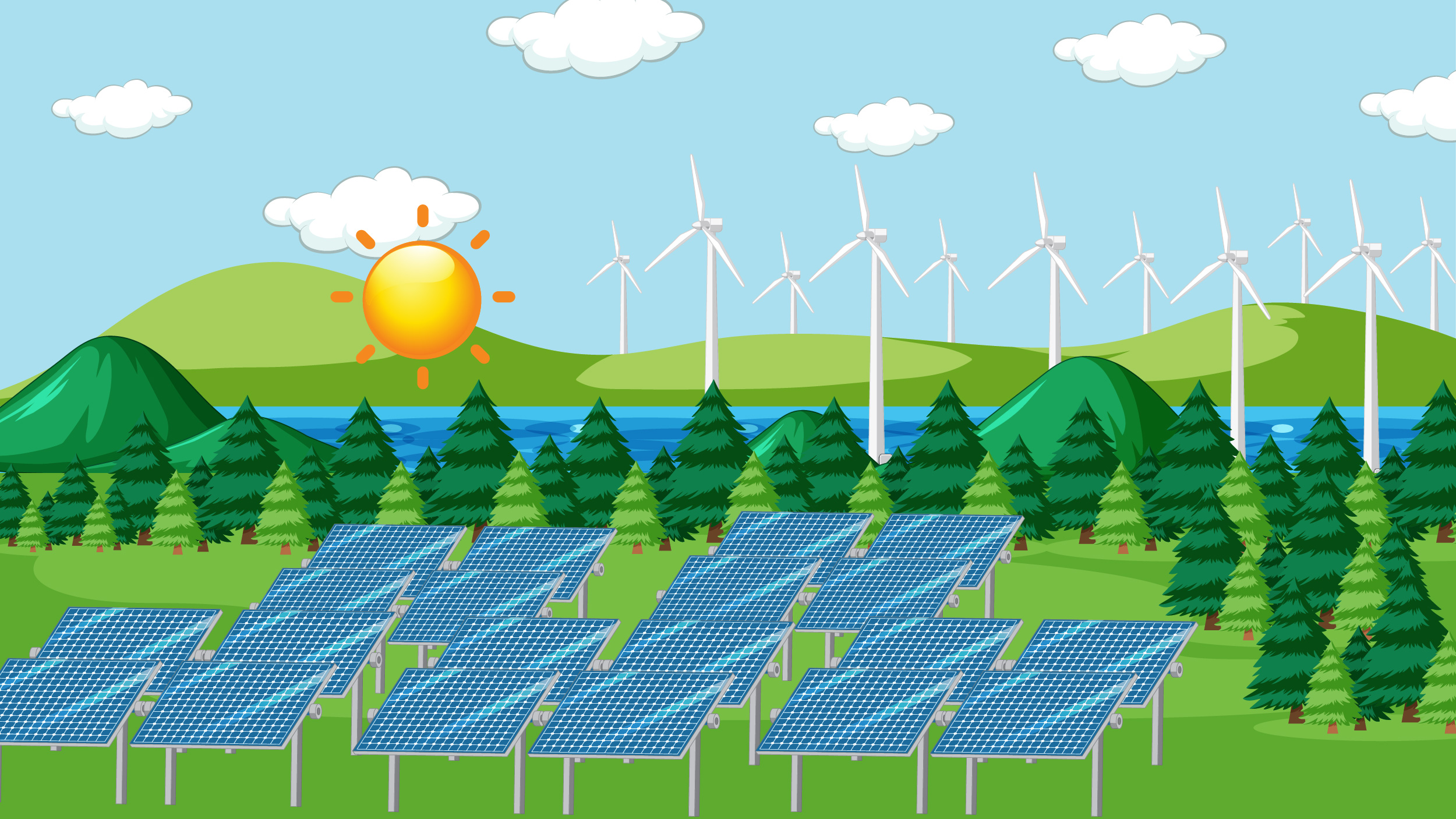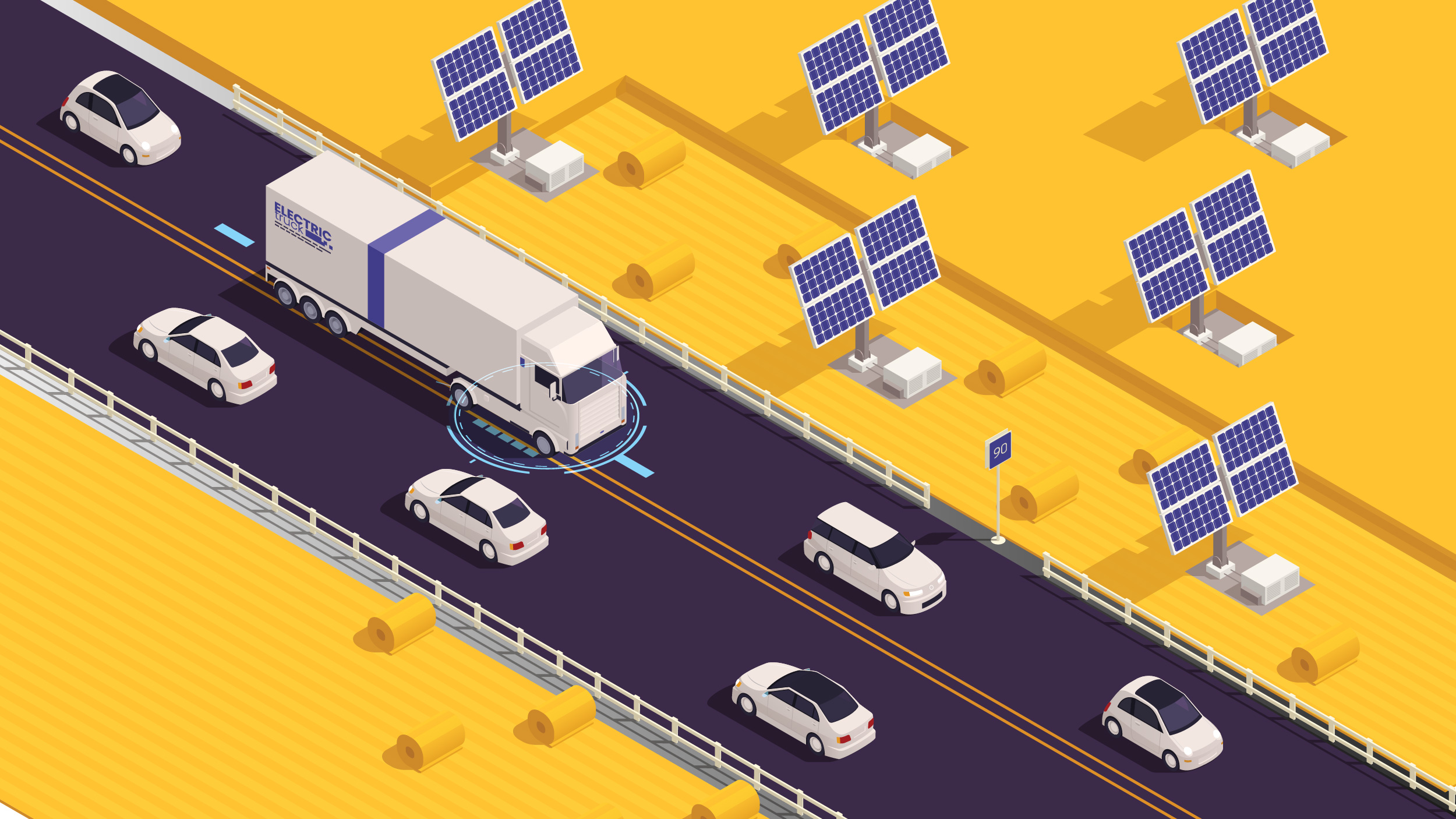The sun is a 4.5 billion-year-old star and also the closest star to our earth, being nearly 93,000,000 miles away. The sunlight that is obtained from the sun is converted into solar energy by nuclear fission, making sunlight one of the most necessary elements to make life possible on earth.
Solar energy is capable of providing warmth to the Earth, causes weather changes, makes wind possible, and lastly sustains life for plants, and animals. Did you know? According to the National Geographic, nearly 30% of the solar energy reaching the Earth gets reflected back into space while the rest is absorbed into the earth’s atmosphere.
So, how does solar energy work and how are solar power applications gaining traction in 2023? Let’s dive into the world of solar energy and find out how paramount it is to the earth.
How Does Solar Power Work?
According to the Department of Energy, the amount of sunlight that reaches the surface of the earth in 1.5 hours is sufficient to meet all of the world’s energy needs for a complete year! Solar energy systems either use photovoltaic (PV) panels or mirrors use solar radiation and turn sunlight into electrical energy. This power can be converted into electricity, or it can be used for thermal storage or stored in batteries.

According to the Solar Energy Industries Association (SEIA), solar energy is the cleanest and the most abundant renewable source of energy with the United States attaining some of the richest solar resources in the world. As of today, the Guinness World Records has stated that the largest solar power building in the world is the 260,000 m2 Apple’s headquarters in Cupertino, California, which has 17 MW being obtained from solar panels and an additional 4 MW from biogas and fuel cells.
Therefore, by using solar energy, countries can significantly reduce the cost of electricity, contribute to the growth of electrical grids and also spur economic growth through its efficiency and abundance. For instance, several residential and commercial systems in the U.S. have solar panels on rooftops to provide electricity from small houses to big buildings.
Top 3 Solar Power Applications in 2023 That Will Surprise You!
As we move towards sustainable and cleaner energy ways for running the global economy, there has been a rapid adoption of solar power applications in residential and commercial industries. Let’s take a closer look at innovative ways that solar power is being utilized in 2023 and how it is emerging as a valuable source today:
1. Revolutionizing Agriculture
Agriculture makes up a huge chunk of the world’s economy by offering abundant jobs and providing people with food to eat. With groundwater depleting faster than ever to meet the increasing demand of populations, solar energy is emerging as a powerful alternative for mankind.
Solar pumps for water supply
In an attempt to enhance the self-sufficiency of the farming industry, solarization of water pumps is being utilized for effective groundwater management and irrigation of cultivable land. Considering the low reliability of rainfall patterns, solar pumps are becoming beneficial for providing a consistent supply of water.
Cold Storage & Warehousing
Warehouses or cold storage facilities are essential to store grains, vegetables, dairy and more. Solar installations provide electricity for refrigeration which costs 2-3x less than conventional refrigeration sources.
Electricity Generation
By generating electricity with high-yielding solar panels, various farming activities can be carried out. Furthermore, the surplus power can be transferred to the local grids or DISCOMs for boosting revenue streams.
Agro-photovoltaics (APV)
Shade-tolerant plants and photovoltaics can coexist without reducing the farming output. According to Global Research, APV has a beneficial impact on the yield of crops like legumes, various fruits, and vegetables. By using these systems, it reduces plant stress from excessive heat and drought-scenarios.
2. Building the “Roads Not Taken”
Ever thought about solar-powered roads? Roads powered by solar energy are capable of producing clean energy, illuminate at night, melt snow and ice during the winter, you name it – it does it! It is projected that covering U.S. roadways with solar panels would provide about 80% of the energy required by the whole country.

First Solar Road
The first solar road was built in a small village in Tourouvre au Perche, Normandy, back in 2014. Although the project was originally intended to power the village’s street lights, it was abandoned because the solar roads were not financially feasible.
Future Projects & Projections
In the United States, several proposed plans to build solar roads, including the Solar Roadways’ Route 66 experiment, however, no projects have started yet. Building these roads would require huge costs, which is emerging as a hindrance for executing the project.
On the other hand, China has successfully built a kilometer-long solar road, although it does not generate enough electricity to provide the right return on investment. The project utilized USD 450 per square foot cost, which was essentially proposed to power an entire city.
3. Stray Away from Traffic Noise
Who knew that one of solar power applications could be to absorb the traffic noise and reflect it away from highly populated areas? According to the World Health Organization, traffic noise has been recognized as a big contributor to noise pollution of the environment.

U.S. Noise Barrier Project
Photovoltaic noise barriers (PVNB) were constructed over 3,000 miles in the United States to reflect noise away from populated areas. Moreover, the U.S. Department of Energy is also aiming to utilize these barriers as a source of sustainable power generation, which is expected to have the potential of generating 400-gigawatt hours, capable of providing electricity to almost 37,000 homes annually.
Switzerland Powering PVNBs
With an aim of Switzerland’s Federal Council to utilize sustainable ways to use land, water and energy, the Swiss Federal Roads Office (FEDRO) built the first-ever PVNB highway in 1989! It netted approximately 108,000 kilowatt-hours (kWh) of electricity from the length of 800 linear meters of road on the highway.
These PVNB systems are technological advancements, vital to ascertain mitigated noise levels, shield receivers from blasting noise generated by traffic on highways or inter-city roads, and also capable of producing clean energy. According to the Bureau of Transportation Statistics of the United States, there are several future proposals for building more of these PVNB-powered roads in the coming years.
Solar Power Emerging as the New Ultimate Source of Energy?
Renewable sources of energy are being adopted worldwide for generating a cleaner and more sustainable world. From using flexible solar panels for making fabric of clothing to lighting up homes with indoor and outdoor solar lighting, we have come a long way from using conventional sources of energy for electricity generation and replacing them with solar power applications.
With the rising demand for cheaper and more sustainable sources of energy, solar power is predicted to improve exponentially. According to the World Economic Forum, solar power is projected to become the most important source of energy for production of electricity by the end of 2030. This is expected to positively impact the health of the environment and also contribute to significantly reducing the adverse impacts of climate change.




